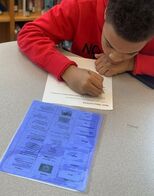 Our Reading classes come to the library monthly for lessons and activities. Last month, our reading teachers requested that we develop a lesson on external text features -- think: bold print, italics, tables of contents, glossaries, etc. Text features are a fairly dry topic so we turned to one of our go-to instructional strategies: stations. Stations allow for lots of student movement, the ability for us as teachers to push into smaller groups that need extra support, and offer room for lots of differentiation. And, stations let us meet our goal: making text features a lot more accessible and a bit more interesting for our students. We set up two sets of 5 stations around the library so that our students could spread out and work independently. Then we introduce the activity and give each student a cover sheet with a checklist. As they move through each station, they collect the evidence from each station and check off what they complete. 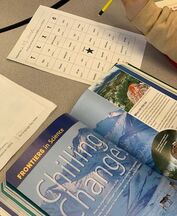 TEXTO Text books provide lots of examples of external text features. At this station, we created a BINGO (aka TEXTO) board of text features. Students chose a textbook then work to get TEXTO in a row, column or diagonal, finding examples and writing page numbers for each feature. 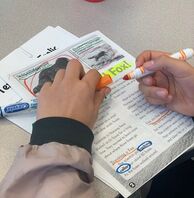 Article We pulled 5 short, accessible articles on a range of topics (youth sports, witches, animals, secret codes, aliens, etc.), then gave students a list of tasks to complete such as: - Highlight the title yellow -Circle the bold words blue - and so forth. At the end, they write a 2 sentence summary of what they think the article will be about -- we emphasize that they don't have to read the article start to finish, they are simply to use those external text features to help them figure out the topic of the article. 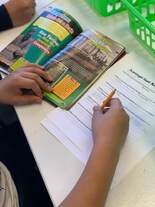 Hunt My co-librarian chose 10 high-interest non-fiction books and created a scavenger hunt for each title consisting of 6 questions. For example: "What's the name of the first chapter? Hint: Use the table of contents." Students work through the hunt finding text features -- and exploring an interesting book along the way. 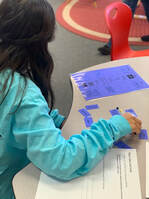 Match Using a free Teachers Pay Teachers resource as a guide, we created a text feature matching activity -- students match an example with the correct text feature and purpose. Upon finishing, they complete a quick exit ticket for the activity. 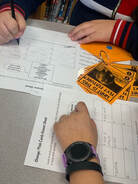 Cards We pulled two free sets of task cards from TpT (there are a variety of options depending on the level of your students, like this one or this one or this one). Students chose one set of task cards and respond on answer sheets that we tweaked to work better for our students. What are some ways that support your students as they read nonfiction texts? -Gretchen You might also like:
0 Comments
Your comment will be posted after it is approved.
Leave a Reply. |
Who We Are
Join our list!Archives
September 2020
Categories
All
|

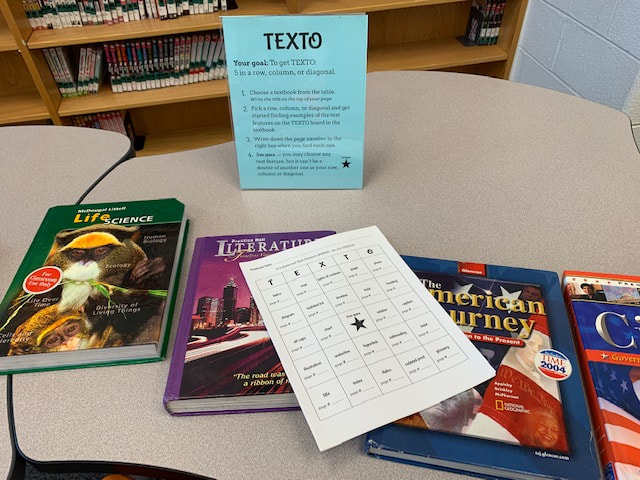
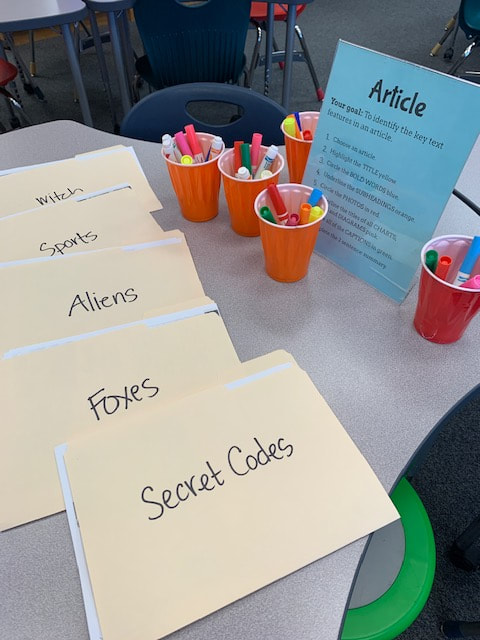
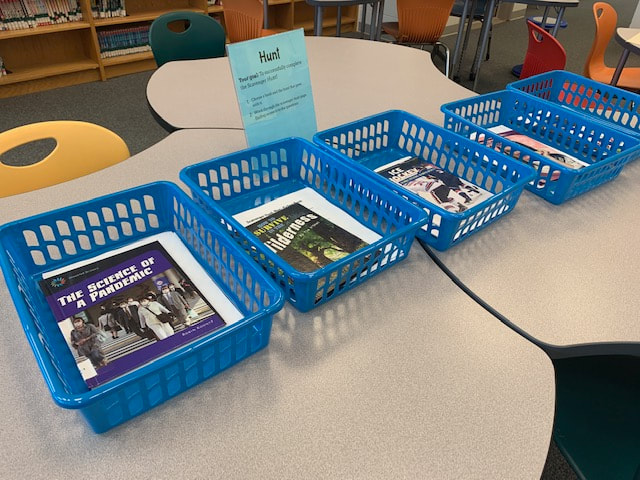
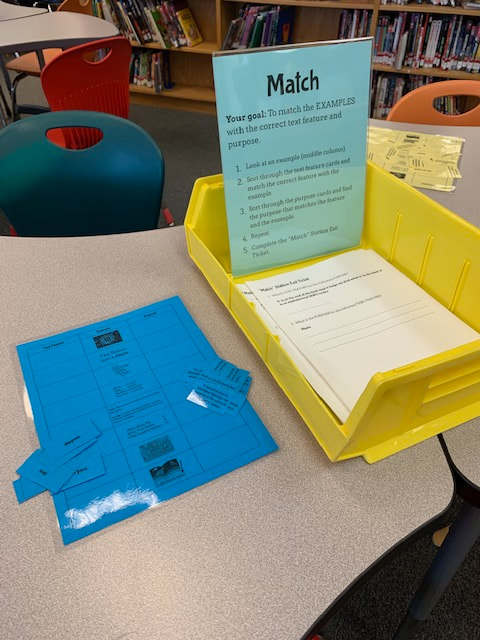
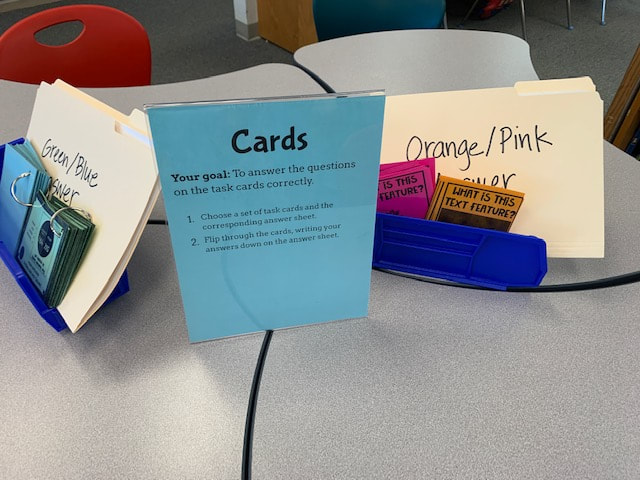





 RSS Feed
RSS Feed